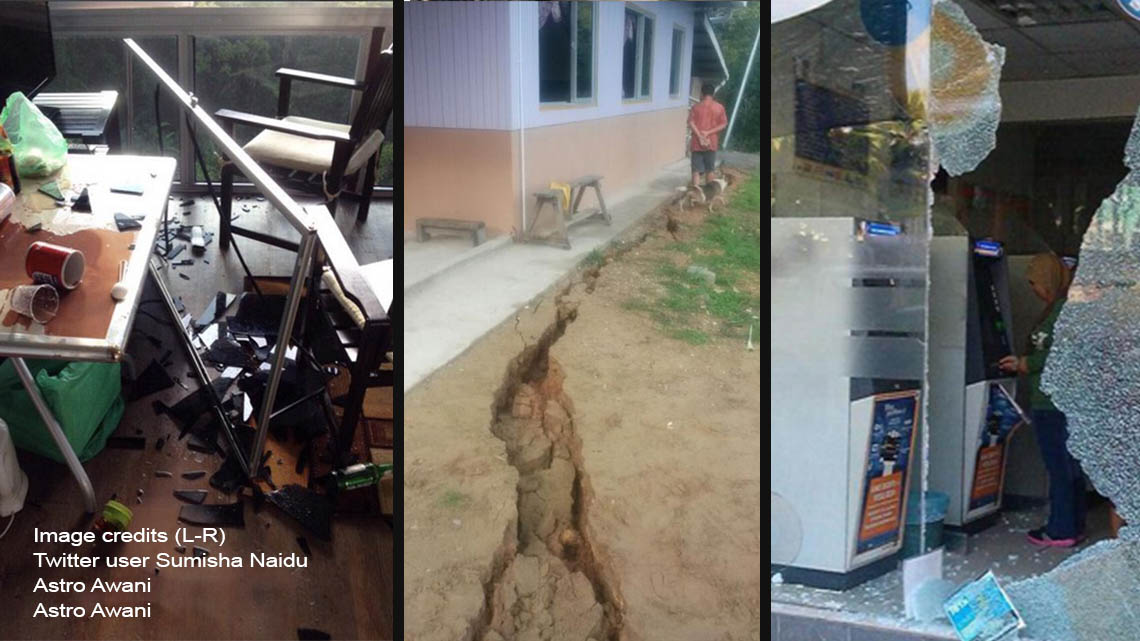The most famous Msian pirate was created by an Italian writer in 1883. Turns out he’s real

- 912Shares
- Facebook843
- Twitter16
- LinkedIn12
- Email12
- WhatsApp29
When we think of pirates in Malaysia, we’ll usually think of a guy squatting tepi jalan with the latest movies a week before it’s out in the cinemas.
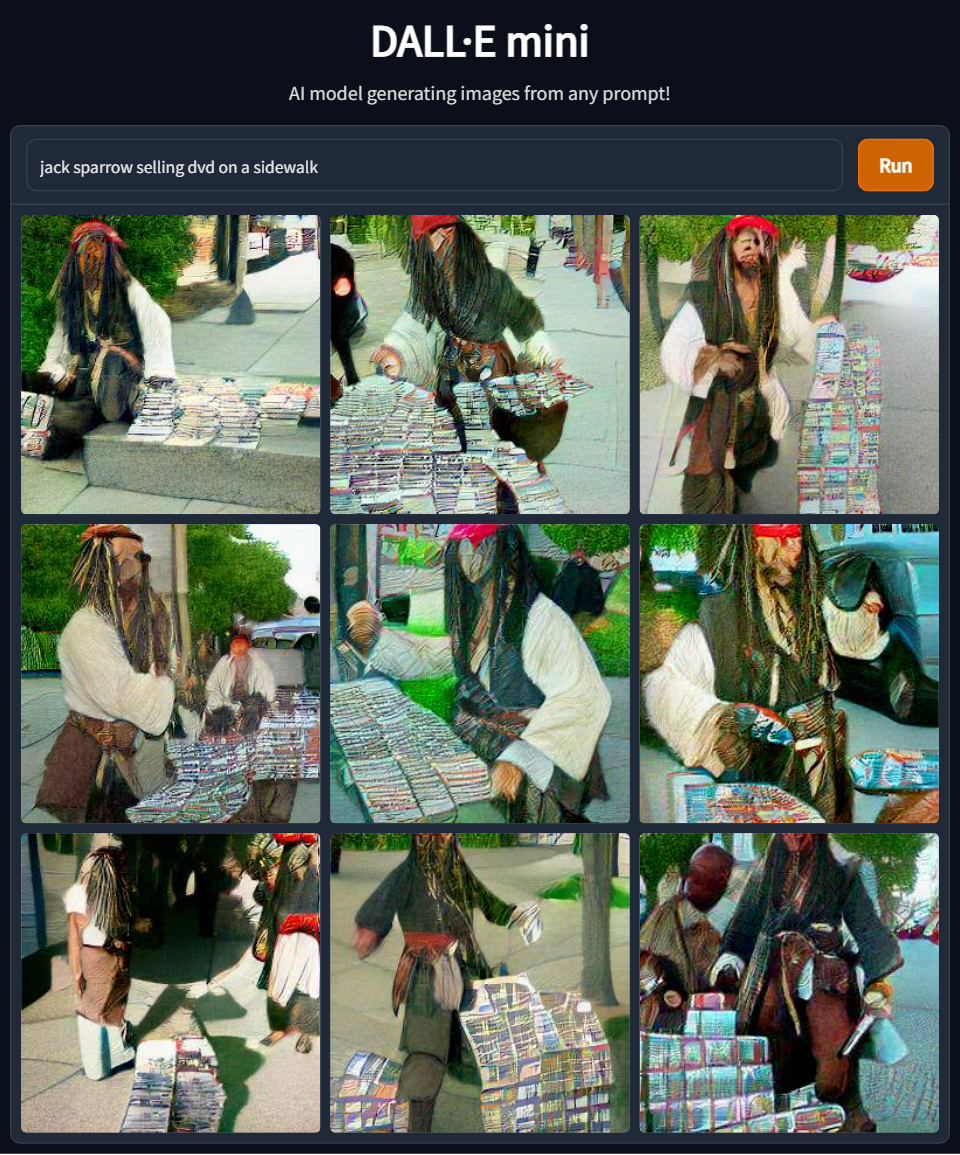
But ackshually… there’s a series of super femes adventure books written in the late 1800s about a Malaysian pirate called Sandokan, nicknamed the Tiger of Malaysia. Most of us probably haven’t heard of him because he’s Sabahan the stories are mostly translated from its native Italian into other European languages that aren’t English, such as Spanish and German, but the series are quite popular in Europe.
While researching about the pirate though, we found out that a few scholars have looked into Sandokan, and the conclusion is that he was a very real person – but of course, the fictional version is more Hollywood than History Channel lah.
So before we get into the historical version, let’s get to know the fictional Sandokan first.
The Tiger of Malaysia was created by an Italian seaman-turned-writer
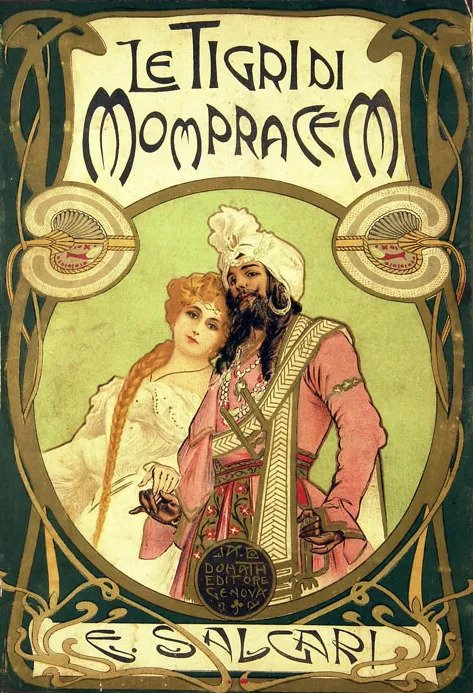
Sandokan was created by the Italian writer Emilio Salgari, a failed seaman (hehe) who then became a journalist. Set in Borneo, Sandokan’s story first appeared as a newspaper serial named La Tigre della Malesia (The Tiger of Malaysia) in 1883, with the completed version published as a book in 1890 renamed as Le Tigri di Mompracem (The Tiger of Mompracem).
For a TL;DR of his story: Sandokan was the prince of Malludu, a quickly expanding kingdom bordering the kingdom of Brunei as well as Sarawak, which was under the control of the White Rajah, James Brooke. Worried about Malludu’s growing powers, Brooke did a common playbook done to justify an invasion – he said that the Malludu people were pirates and used that as an excuse to attack the kingdom – which is basically the 18th century way of colonialists saying an Arab country has terrorists so we should invade and bomb them (not because they have oil!).
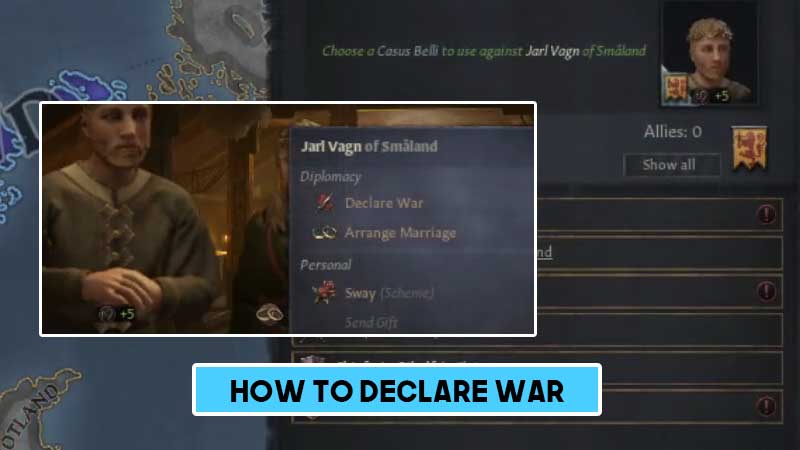
Together with the Sultan of Brunei, they destroyed Malludu and killed Sandokan’s family, making him an anak yatim. He then ran away to the island of Mompracem, gathered a group of local men and basically went, “Oh you said I’m a pirate? Well guess what I am a pirate now,” and plotted revenge while doing pirate-y things like attacking British ships along the coast of Borneo, his red pirate flag with a tiger picture blowing in the wind – earning him the nickname The Tiger of Malaysia.
(Note: The term ‘Malaysia’ refers to the general region in olden times, NOT the country Malaysia which was formed in 1963)
The first book was so popular, Salgari ended up writing 11 books starring Sandokan which have been translated widely in Europe until today. It was only recently that the books were translated into English, and it’s speculated that it’s because his books were anti-colonialist – where the natives would fight back against their colonial masters – so an English translation about an Asian Jack Sparrow kicking James Brooke’s arse might be why it’s not optioned by English publishing houses.
You’d think the writer would be Rowling in Harry Potter kinda dough after being so successful, but Salgari died near penniless. He was so broke he decided to end his life by committing seppuku (not even kidding) and left a note throwing shade at his publishers for profiting from him while making him a broke man.
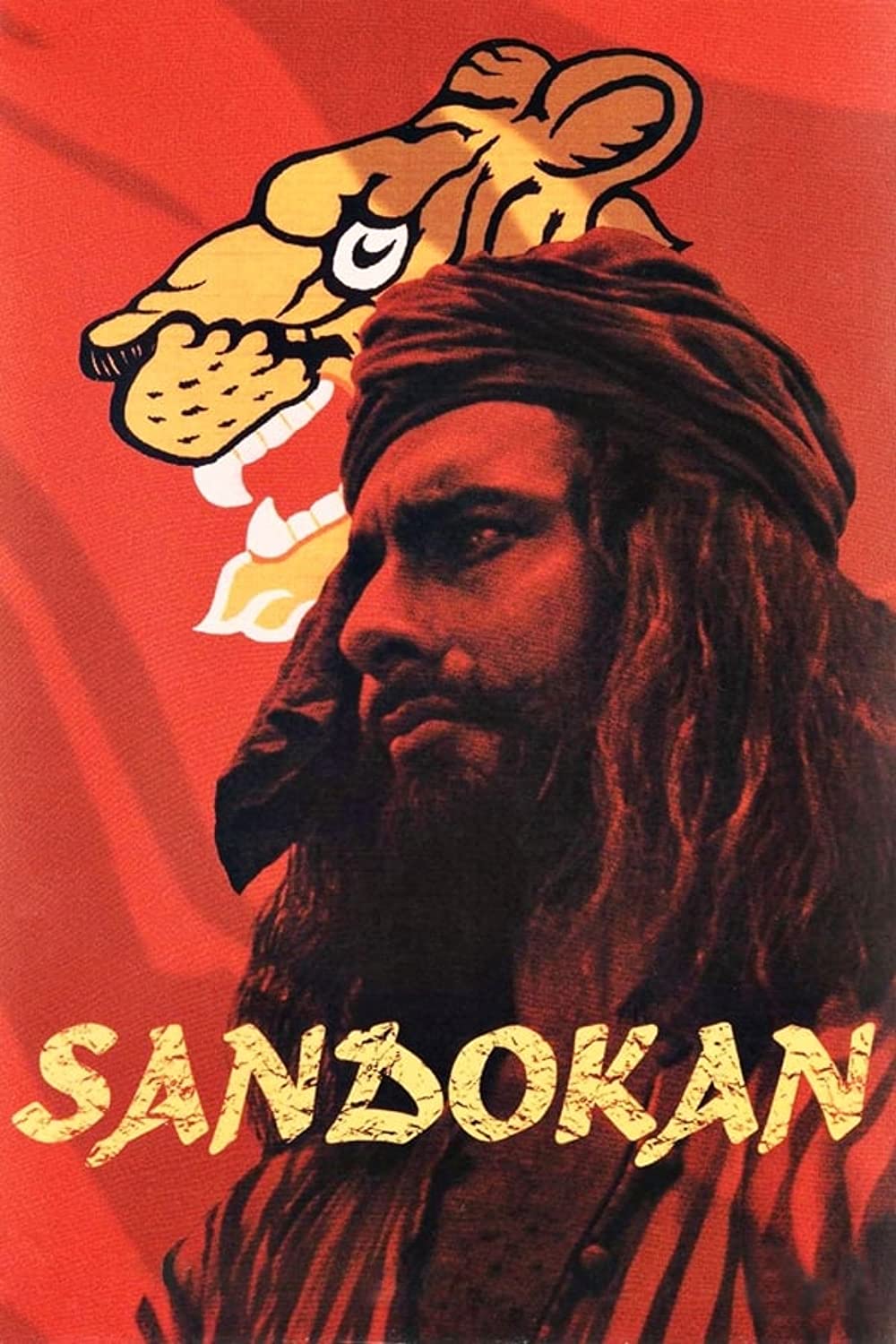
Despite the books only getting an English translation in 2007, there had been plenty of live-action versions made in the US and UK since the 1940s. The most famous one is probably the miniseries starring the Indian movie star Kabir Bedi, who became the most iconic version of Sandokan. While Sandokan’s tale seem heavily romanticized…
The books were Based On A True Story™ about a war in North Borneo
Just as Hollywood movies that were Based On True Stories are highly dramatised versions starring insanely photogenic people, the same can be said for Sandokan. But back then, it was assumed that Sandokan was completely made up as Salgari never even left Italy (despite claiming otherwise) and that the name was made up based on the North Borneo town Sandakan.
However, there is a historical record of a war that was similar to Sandokan’s origin story, where Sarawak, under James Brooke, allied with the Sultan of Brunei to defeat a pirate king in 1845. It was known as The Battle of Marudu.
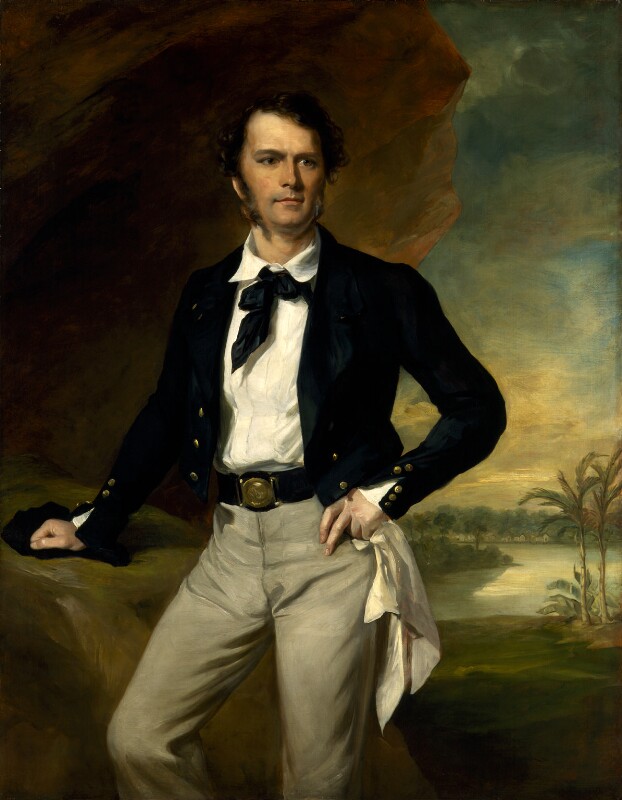
If we were to go by the British historical records (which might be a little biased), the summary is that the Peaceful and Altruistic British were having trouble with evil pirates in the Bornean seas, disrupting trade and commerce in the then British colony Sarawak which was managed heroically by the gallant White Rajah, Sir James Brooke. In case you think we’re exaggerating, here’s an excerpt about James Brooke:
“The romantic story of how this gallant gentleman became Rajah of Sarawak is too well known to need repeating here.” – excerpt from British North Borneo Herald, 1886.
The worst of the pirates was Syarif Osman, a “half-bred Arab” pirate king who had marriage ties to Sulu royalty, and ran his pirate kingdom from Marudu Bay. He was said to have personally led his group of never-do-gooders on piracy expeditions and extorted tributes from natives, in addition to robbing merchant ships and then enslaving the ones they captured. There was probably a whole appendix full of his crimes, including but not limited to:
“… [Syarif Osman] extorted tribute from nearly 5,000 native families in the district of Marudu and Kudat, flouting the power of Brunei and laughing at the threats of Europeans.
Many were the black deeds to the credit of this pirate chief in 1845. Peaceful traders upon the high seas had their vessels seized and looted; he had sold into slavery twenty men of the merchant ship Sultana which had been burnt off the coast of Palawan… “ – excerpt from British North Borneo Herald, 1886.
When Brunei made a treaty with the British to stop piracy, Syarif Osman openly threatened to attack Brunei. After the British finally sent reinforcements across the sea to aid James Brooke in his righteous battle against the pirates, Syarif Osman sent news that he’s set up his defense at his stronghold in Marudu Bay and challenged the British to attack him, basically telling them: If you don’t have the balls to fight me here, I will personally go and destroy the Sultan of Brunei for begging help from you.

The British didn’t have to be told twice and sent their whole army to Marudu Bay. In the end, the righteous British army won the war as the pirates could not sustain the fight against their firepower, but they noted that the Malay pirates fought courageously and were well dressed. In stereotypical British chivalry, they also applauded the pirates for their bravery, as when Syarif Osman’s flag – a red banner with a tiger painting – was shot down, a volunteer went and hoisted it back up despite bullets whizzing around him.
“… a volunteer climbed up the stump of the flagstaff ; he erected the broken part, clung like a monkey until he had got the colours securely lashed, heedless of the bullets that whizzed about his head, and then coolly slid down unhurt. Pirate or no pirate, it was a gallant act.” – Excerpt from British North Borneo Herald 1886
Syarif Osman himself was heavily wounded in the war and stories are divided about what happened to him. Some say he escaped, but later died from his injuries and was buried in Kudat. Another one says that he died at war; however, his corpse was never identified on the battlefield. But that’s not all…
Sandokan was based on Syarif Osman… as well as the real Sandokan

At first, it was speculated that Sandokan was based on Syarif Osman – both were fierce pirates with the same tiger flags, and their hometowns were destroyed by James Brooke who was allied with the Sultan of Brunei.
But Sandokan was actually a real person – a close confidant of Syarif Osman who resembled him in terms of looks and personality, and fought alongside him against the British. According to Sabahan oral history, Sandokan, who in some versions is called Sindukung or Sandukar, came from the east coast and was the last person who owned the Gomantong caves. He might have been named after his place of origin which shared the same root word: an ancient Sulu word meaning ‘pawn’, as Sandakan originally belonged to the Sultan of Sulu, who pawned it off to a debtor when he was unable to pay a debt.
According to researcher Dr. Bianca Gerlich, it’s likely that Emilio Salgari heard the stories about North Borneo during his time as an apprentice seaman (hehe) from sailors in Venice, and mixed it up as material for his novel. This was theorised as Salgari started writing his stories much earlier – in 1883 – while written British records of the Battle of Marudu was only published in 1886, nearly 40 years after the war happened.
Whatever the actual truth might be, Sandokan and Syarif Osman might just be remembered as fierce pirates to the outside world, but for those in Sabah they were considered freedom fighters who fought against the British rule despite the odds. So history will always depend on which side you’re seen from: to one side, you might be seen a seafaring resource grabber, who’s constantly pillaging in your unapologetic quest for unending riches and power. But to another side, you might be seen as British.
- 912Shares
- Facebook843
- Twitter16
- LinkedIn12
- Email12
- WhatsApp29



